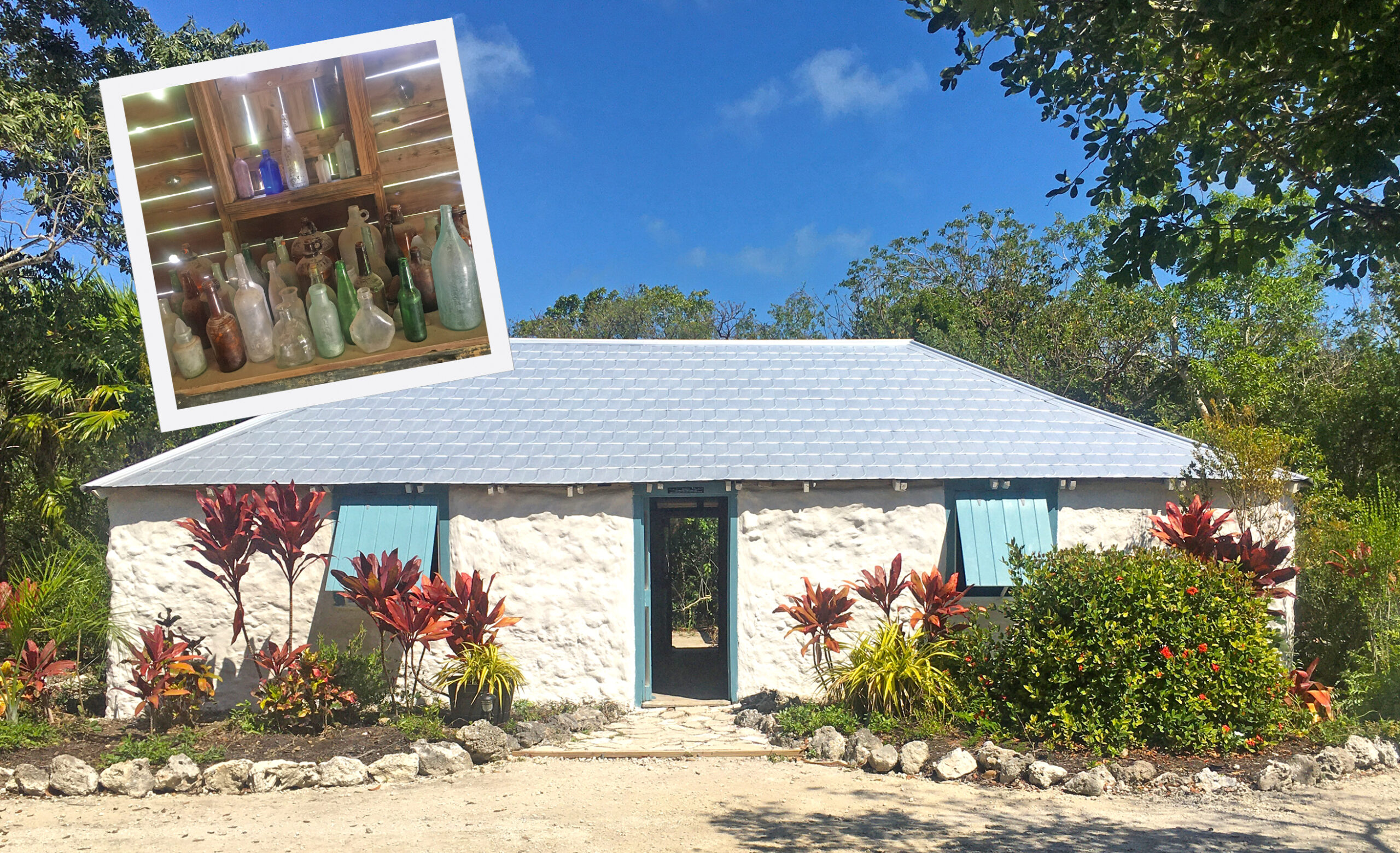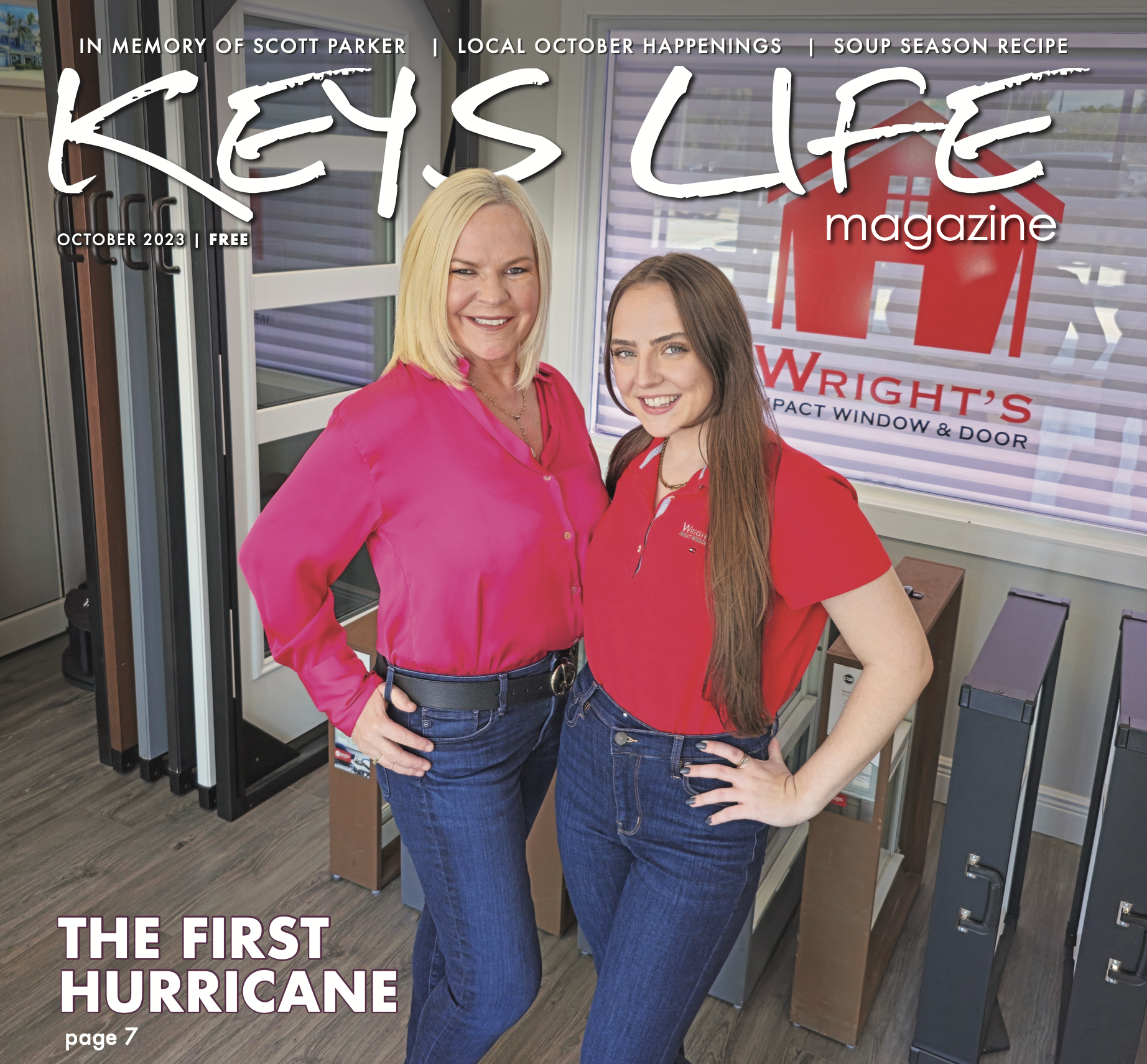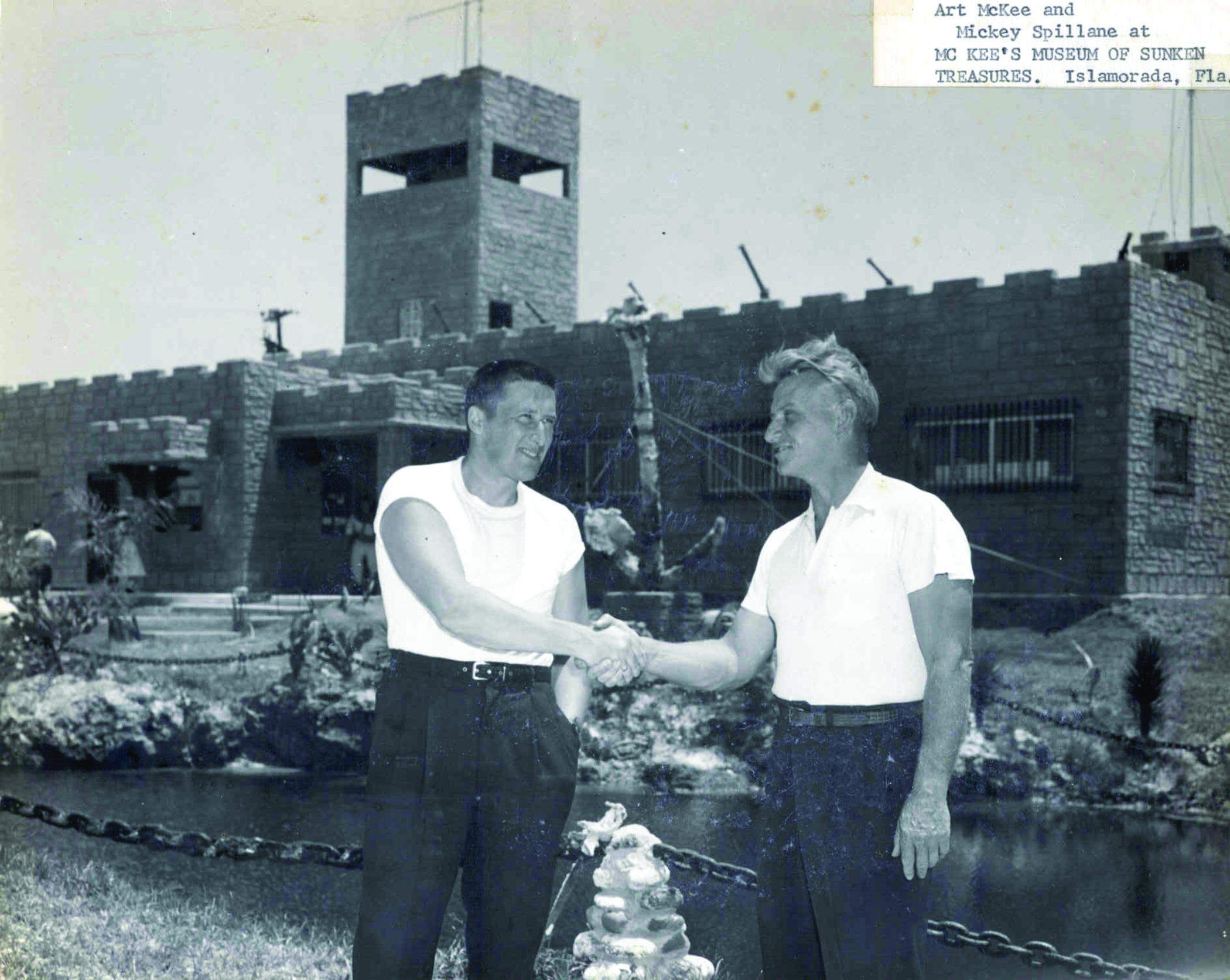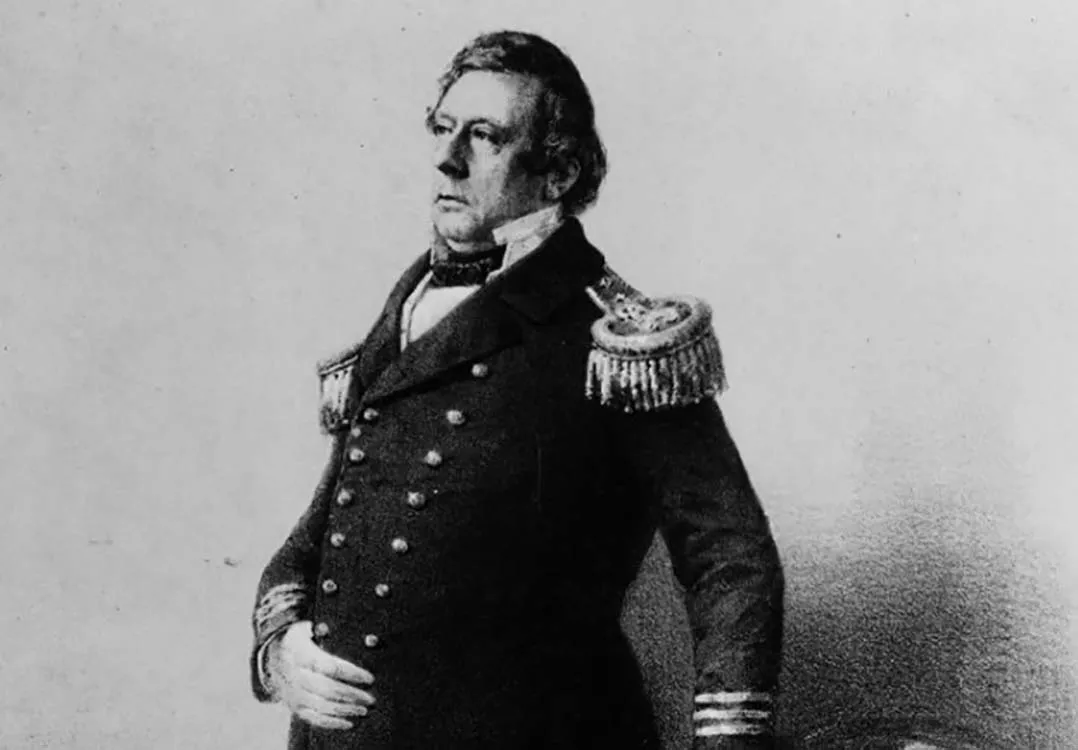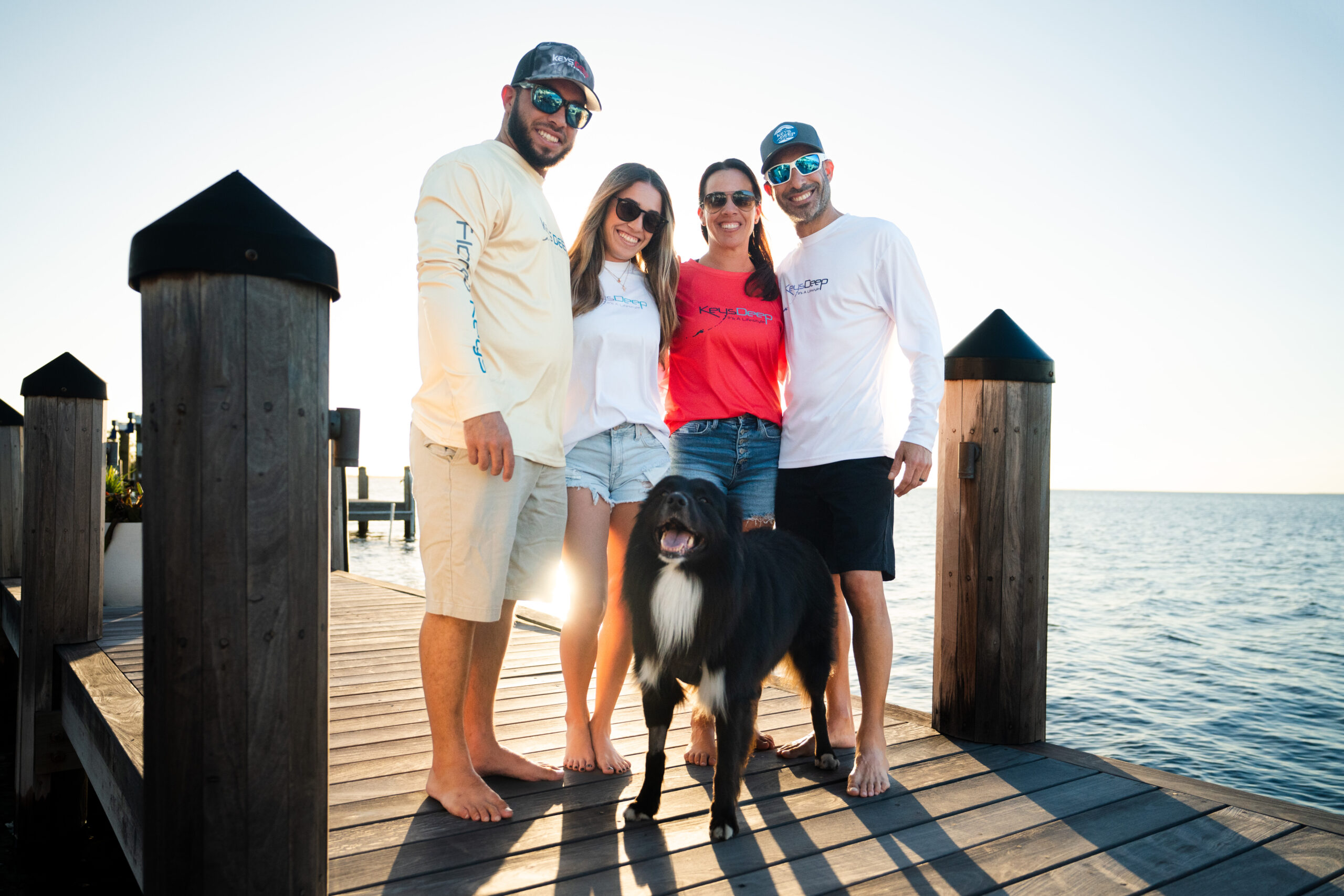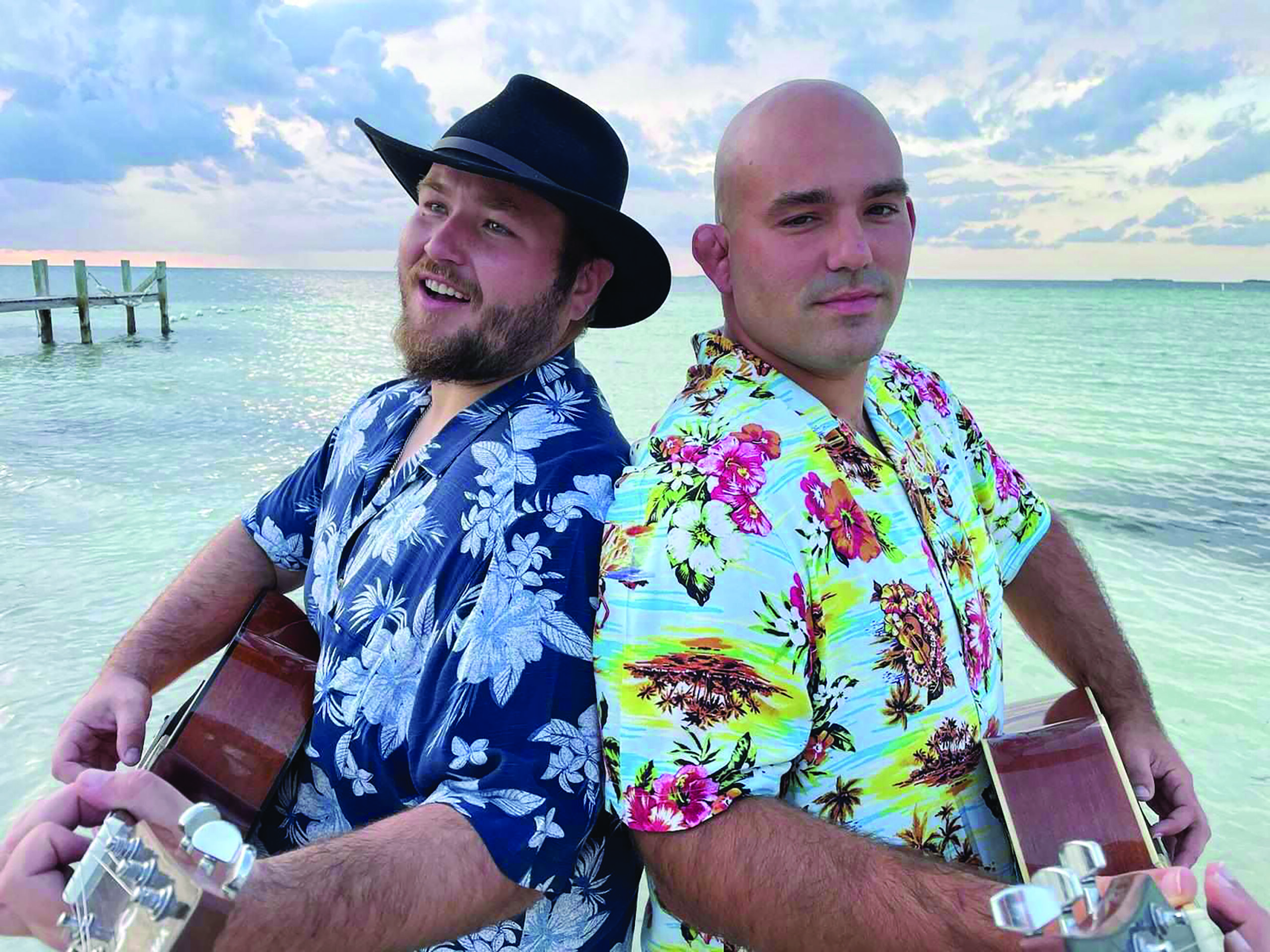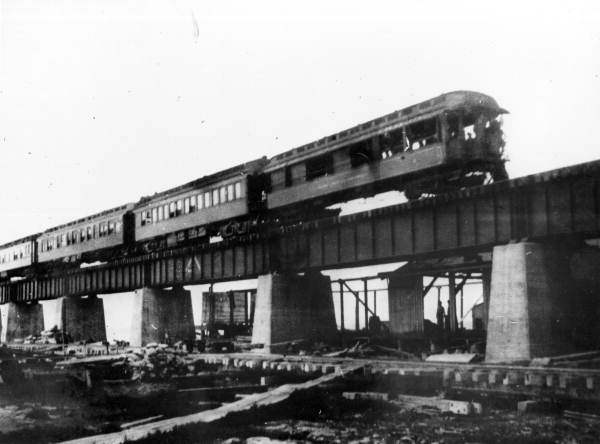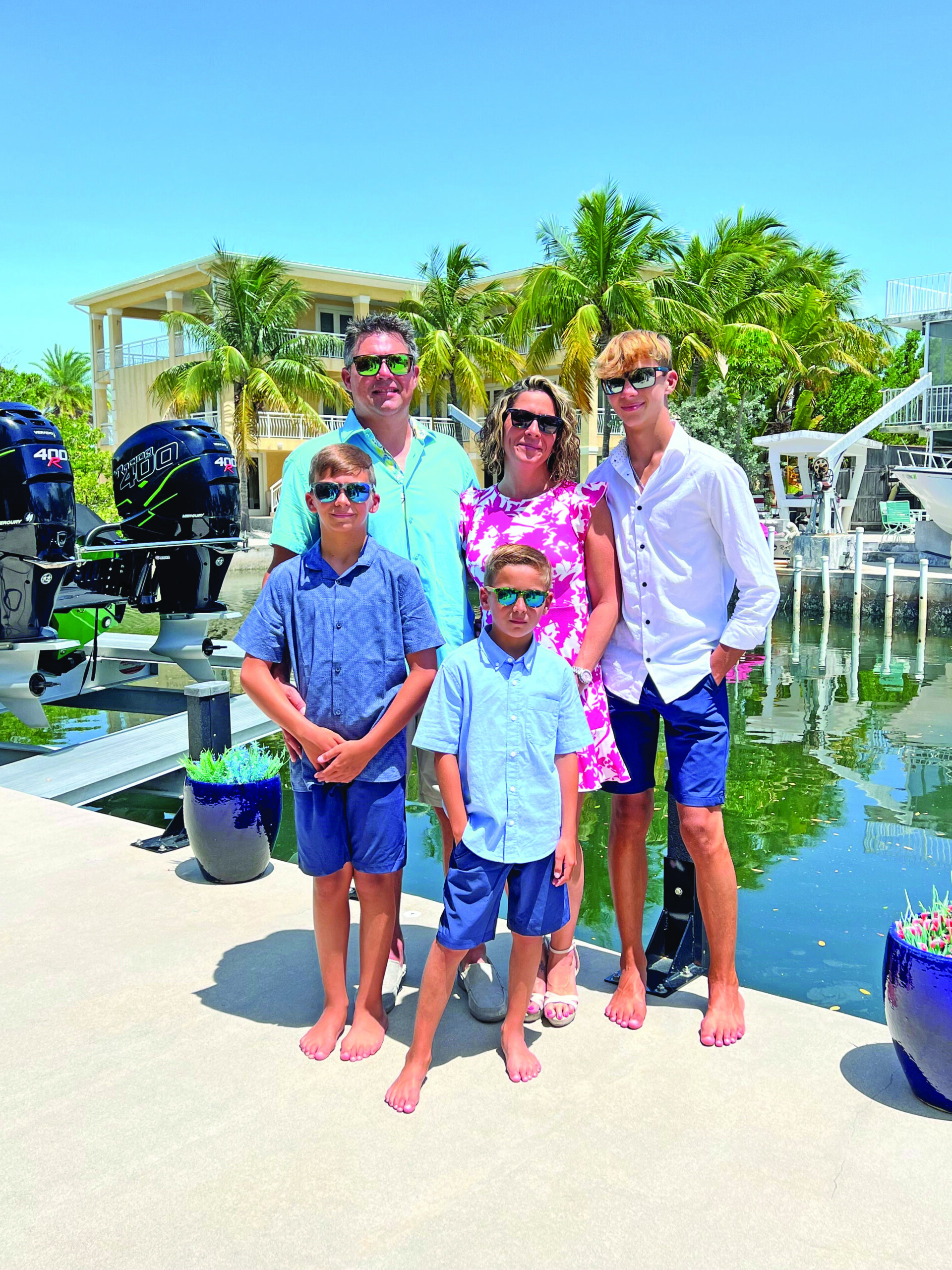In 1906, what is known now as Marathon was called Adderley Town after a settler. At Crane Point Museum and Hammock in Marathon, visitors can view the historic Adderley home and scenic nature. Constructed of tabby (burnt seashells) between 1904 and 1906, George Adderley and his wife Olivia, born in the Bahamas, lived there from 1903 until 1949.
Born in January 1870 in New Providence island in the Bahamas, George Adderley left there in the 1890s and found a particular Florida Keys hammock to his liking near Mile Marker 50. 5 bayside. Adderley purchased 32.25 acres on Key Vaca (now Crane Point) on Dec. 8, 1903 and was able to survive on the riches provided by the surrounding sea and land. He caught fish, conch, lobster and turtles in the ocean and raised chickens, goats and pigs. As well, he cultivated fruit and vegetables.
To make money, he sold sponges and charcoal. Using a dingy, he gathered sponges through raking the sea bottom and then hung them to dry, and he made charcoal out of green buttonwoodin a 10-day smoldering fire process near an outdoor shed near his home. The charcoal was used for cooking.
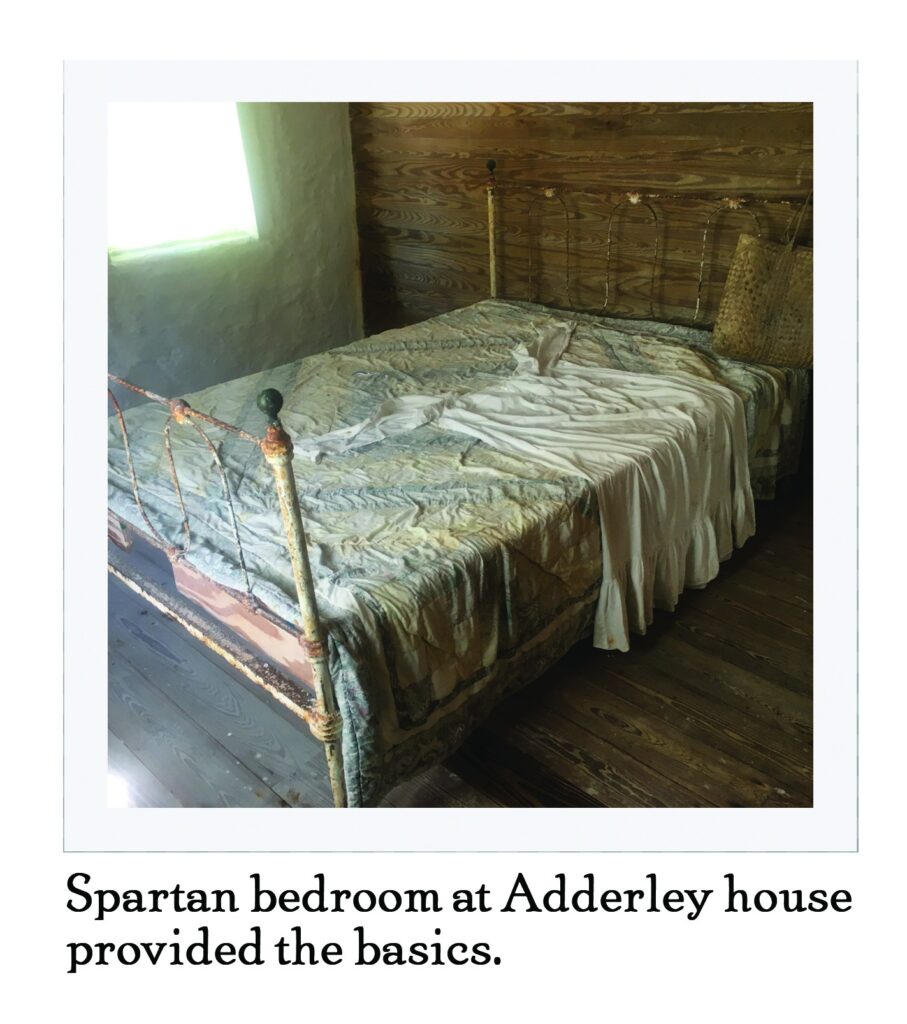
In 1906, there were ten houses in Adderley Town, as shown on a railroad survey map. Early residents had to contend with biting mosquitos and no-see-ums. Settlers would close their homes’ wooden shutters at night creating a stifling atmosphere but making the best of a difficult situation.
Museum signage says when the railroad company wanted to lay tracks through their town, settlers demanded a railway stop, “Station Vaca,” which was placed near the present-day Crane Point Museum and Nature Center.
“Crane Point,” a 63-acre tropical oasis of hardwood trees, nature trails and educational displays for adults and children is well worth a multi-hour visit. In the recent past, the Crane Point oversight organization, Florida Keys Land and Sea Trust, acquired an original Henry Flagler railway car from the Oversea Railway which was completed and ultimately ran from Florida City to Key West in 1912, along with a couple of historic homes. Therailcar serves as the trust’s executive director’s office.
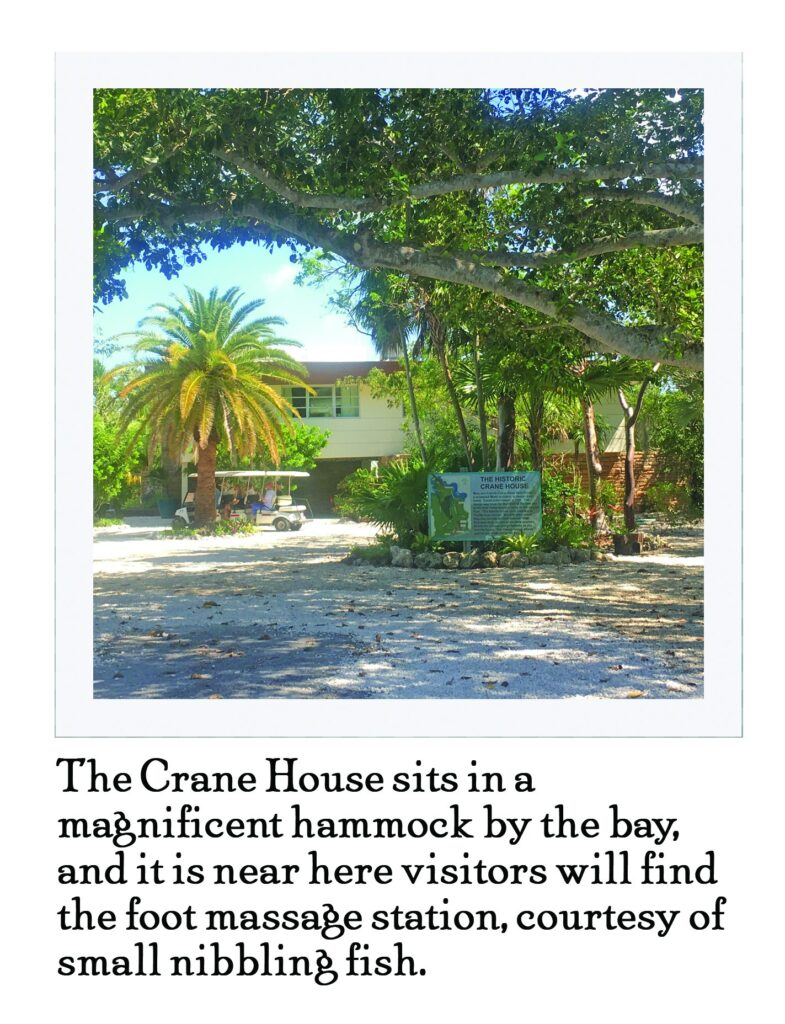
In January 2019, owner Brian Schmitt of Marathon offered a circa–1920 house to Crane Point. Because of its size, it had to be moved in the wee hours of the night on a long-bed trailer from 11th Street Oceanside in Marathon so as not to disrupt traffic on the Overseas Highway. The approximately 900-square-foot house was moved three miles overnight in just under an hour. The Florida Keys Land and Sea Trust jumped at the opportunity to preserve the home and provide workforce housing.
A butterfly garden, museum and orientation film, wild bird rehabilitation center with cages and signage, Crane Point home and free foot massage provided by little fish in a certain creek along with several walking trails round out the experience.
The Florida Keys Land and Sea Trust enhanced the waterways at Crane Point bycommissioning a culvert system in Rachel Creek, a scenic waterway edged by mangroves that had been closed off in the 1950s. Funded by an $800,000 grant, the creek is attracting native birds such as blue herons and green-backed herons. As well, trail wanderers also may see manatees in the bay and learn area history.
Prior to the Adderleys, Temple Pent Sr. lived permanently on Key Vaca between 1836 and 1866. He became the territorial governor and senator of what became Dade and Monroe Counties. A plaque is erected in his honor.
By the 1950s, Marathon was infinitely more livable. Designed by Wahl Snyder, construction of the Crane House owned by Mary and Francis Crane within the Crane Point property affords scenic views of the bay and had servants’ quarters beneath the home. Seeing the differences between the Adderley home and the Crane home, one can appreciate the hardscrabble life of early settlers.
– Story and photos by Jill Zima Borsk


